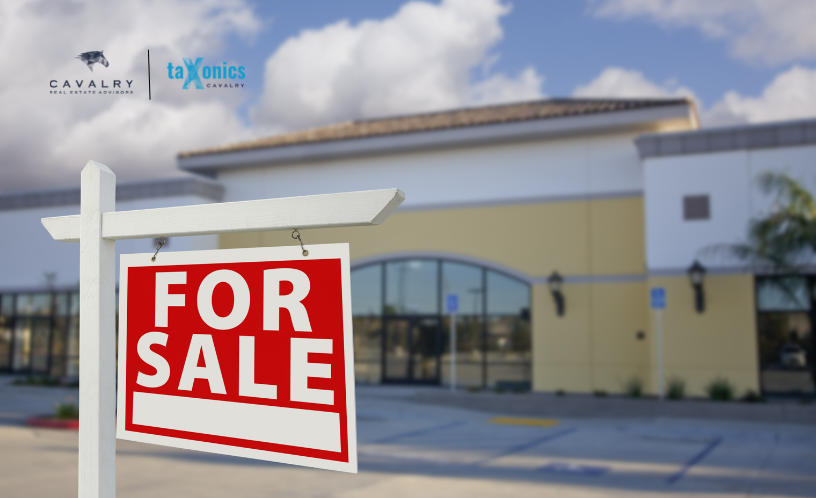Here’s What Happens to Your Tax Assessment When You Purchase a Property

Here’s a question we get asked all the time: What happens to the tax assessment when I buy a property? We consider finding the answer to that question part of the due diligence required before signing on any dotted line. In fact, it’s something we believe should be part of any real estate owner’s annual tax planning process. But back to the question at hand.
Taxing jurisdictions vary in how they use sale prices to develop future assessments. However, in almost every one of the 3,000+ taxing jurisdictions in the country, an assessment is derived from the fair market value of a property. Regardless of ratios, taxable assessments, taxable values, or any other tax-nerd values you see on your assessment that is multiplied by a millage or tax rate to generate your tax bill, the starting point for the valuation of all real estate for real estate tax purposes is a derivation of fair market value.
First, how is value decided? It’s usually developed via one of three methodologies.
· Replacement cost less depreciation
· Comparable sales
· Income capitalization
So, what is fair market value exactly? Fair market value, as defined by The Appraisal Institute, is the price at which the property would change hands between a willing buyer and a willing seller, neither being under any compulsion to buy or to sell and both having reasonable knowledge of relevant facts. In other words, an arms-length transaction in a normal transaction environment is usually deemed a highly relevant representation of value for real estate tax assessment purposes. However, what we should also know is that assessments and valuations for tax purposes in certain states have to fit within the mold of broader metrics tied to the market in general.
Take Virginia as an example. Because of the statutory requirement to assess all property via mass appraisal to achieve equalization and uniformity, it is rare to see a property reassessed at 100% of the purchase price the year following a sale. One sale does not make a market. Because they must equalize properties, sales of other properties must be factored into the assessor’s analysis before deriving values in mass for all properties. Sticking with Virginia, it is often the case where a property will be assessed at 90-96% of a purchase price.
However, across the Potomac River in neighboring Maryland where the equalization and uniformity statute doesn’t exist, you can expect a property to be reassessed at 99-100% of the purchase price if the triennial reassessment takes place the year following a property’s sale. What about other jurisdictions around the country? It depends. Every locale approaches it differently.
That’s why this fundamental question is the most-asked by clients. And with the sheer amount of jurisdictional variance, we knew it was a question we needed to solve for at scale. Now with Taxonics, we’re building out even more content to give users immediate access to those very answers. It’s that simple: one platform, everything you need to know about how your real estate assets are assessed.
BACK TO ARTICLES